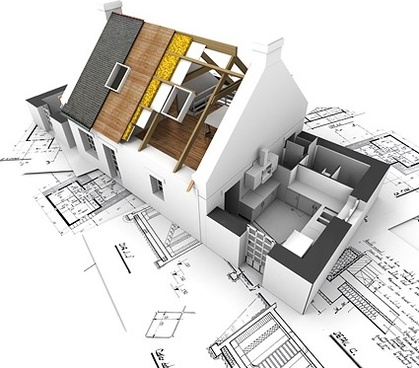Course info

Advanced digital media for design and representation. In-depth tutorials of various software programmes commonly used by designers. Students will gain exposure to a variety of digital media and will be required to produce presentations using the software and techniques covered in the course.
Having successfully completed the module, students should be able to demonstrate knowledge and understanding of:
i. Understand and apply conceptual thinking skills that are important in animation
ii. Know principles of lighting design: modeling with light, visual function of shadows, use of colour, control of exposure and use those principles to create strong compelling compositions
iii. Analyze and demonstrate the methods of rendering, how to control renders and how to render for the desired effect
iv. Identify and effectively apply design and animation principles in the development of animation
v. draw a variety of styles of illustrations for use in computer-based products
vi. Use 3D modelling, texturing and rendering techniques effectively in the creation of animation
vii. Demonstrate competence with 2D and 3D animation software and create animation in
viii. 2D and 3D formats
ix. Use the vocabulary of 3D lighting and rendering as well as the language of art to critically evaluate final rendered compositions
x. demonstrate a working knowledge of the perspective of 3D models and the resulting effects as projected light sources in shadow, color, shade, texture and atmospheric effects
xi. Use the vocabulary of 3D lighting and rendering as well as the language of art to critically evaluate final rendered compositions
xii. demonstrate a working knowledge of the perspective of 3D models and the resulting effects as projected light sources in shadow, color, shade, texture and atmospheric effects

